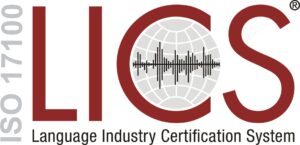Od 2017 roku jesteśmy w pierwszej 10 biur tłumaczeń w Polsce według Book of Lists. Mamy za sobą miliony zrealizowanych zleceń, setki tysięcy przetłumaczonych stron, ponad 20 pracowników oraz dziesiątki tłumaczy współpracujących zdalnie. Te liczby to nie przypadek. Możesz spokojnie powierzyć nam swoje tłumaczenia.







